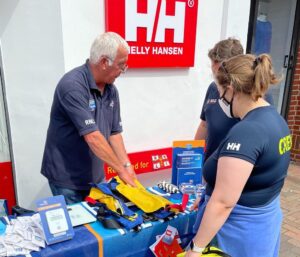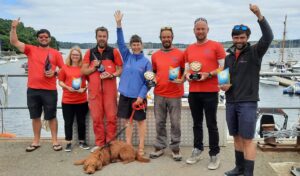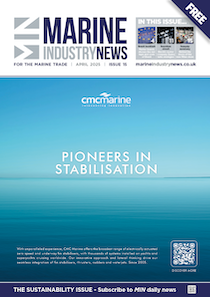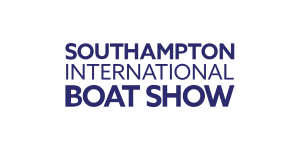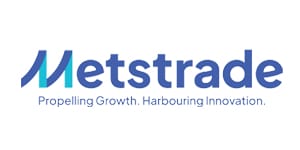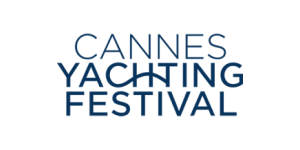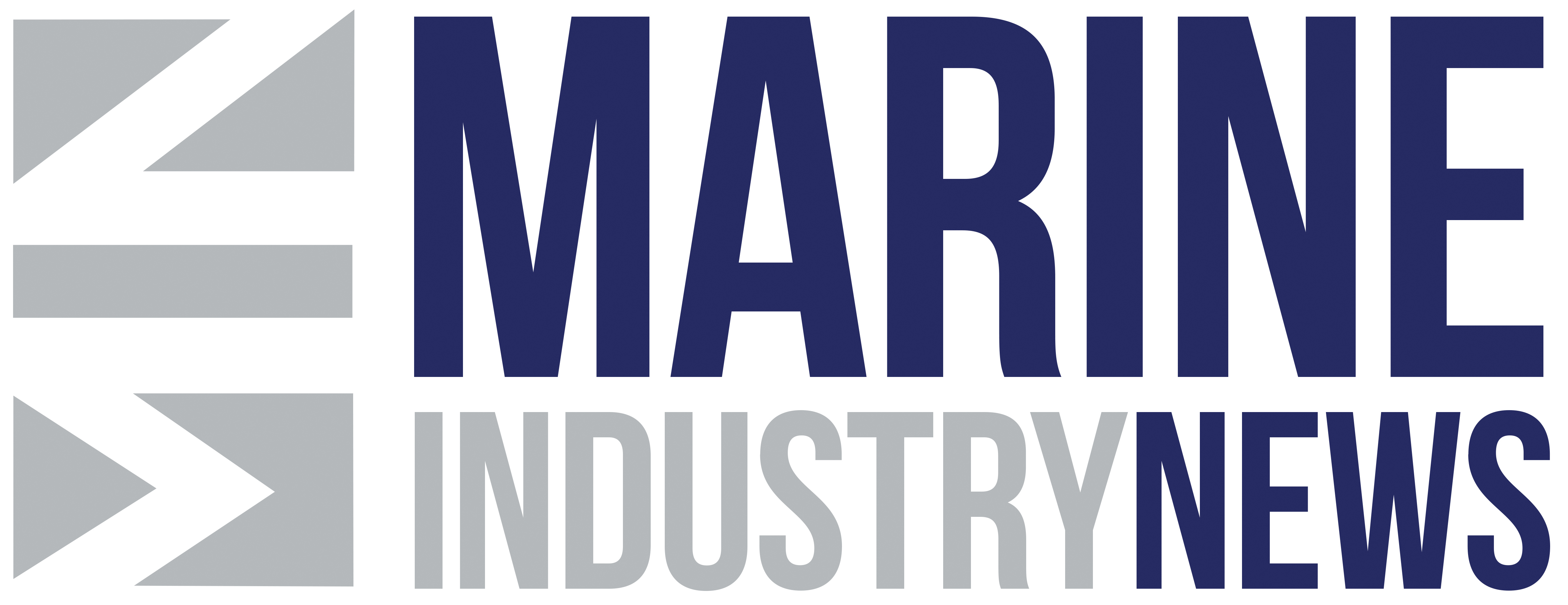Candela unveils first flying electric ferry
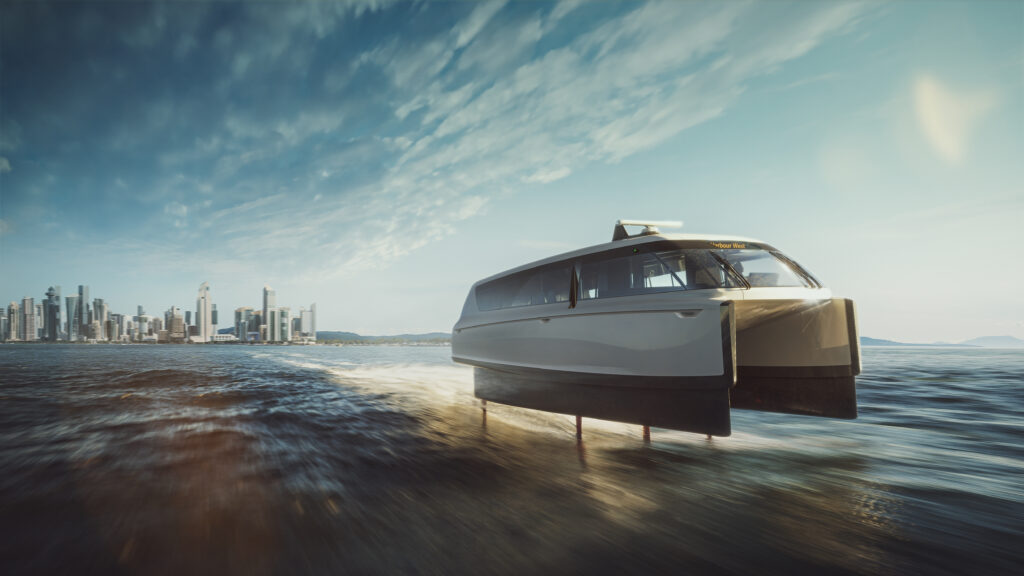
Swedish electric boat manufacturer Candela has revealed pictures of its new P-12 Shuttle, which will hit Stockholm’s waters for a nine-month trial next year.
Said to be the world’s fastest electric ship, the Candela P-12 Shuttle is a hydrofoiling electric ferry that glides over the water at speeds of 30 knots. During the trial, it will be shuttling citizens between the Stockholm suburb of Ekerö and the city centre and is set to reduce emissions and help slash commuting times compared to cars, buses and trains currently servicing the route.

Currently a 55-minute trip by bus, subway, or conventional ferry (or car during rush hour), the Candela P-12 Shuttle will reportedly cover the 15 km route in only 25 minutes – saving the commuter an average 50 minutes per day.
The 30-passenger electric vessel has three carbon fibre wings that extend from under the hull. These active hydrofoils allow the ship to lift itself above the water, thus decreasing drag.
Candela says its technology reduces energy per passenger kilometre by 95 per cent compared to current vessels, allowing for a range of 50 nautical miles at service speed. Using the equivalent of 0.1 kWh of electricity per passenger kilometre, the company says its new ship is more energy-efficient than a hybrid electric bus. Also, with up to 200 kW DC charging, it can charge its battery in under one hour.
Crucially, as the hydrofoiling Candela P-12 Shuttle creates near-zero wake, it has been granted an exemption from the city’s 12-knot speed limit, allowing it to fly into the city centre without causing wave damage to other vessels or sensitive shorelines.
The P-12 will also feature a computer system that helps regulate the foils 100 times per second, to provide stability and minimise sea sickness.
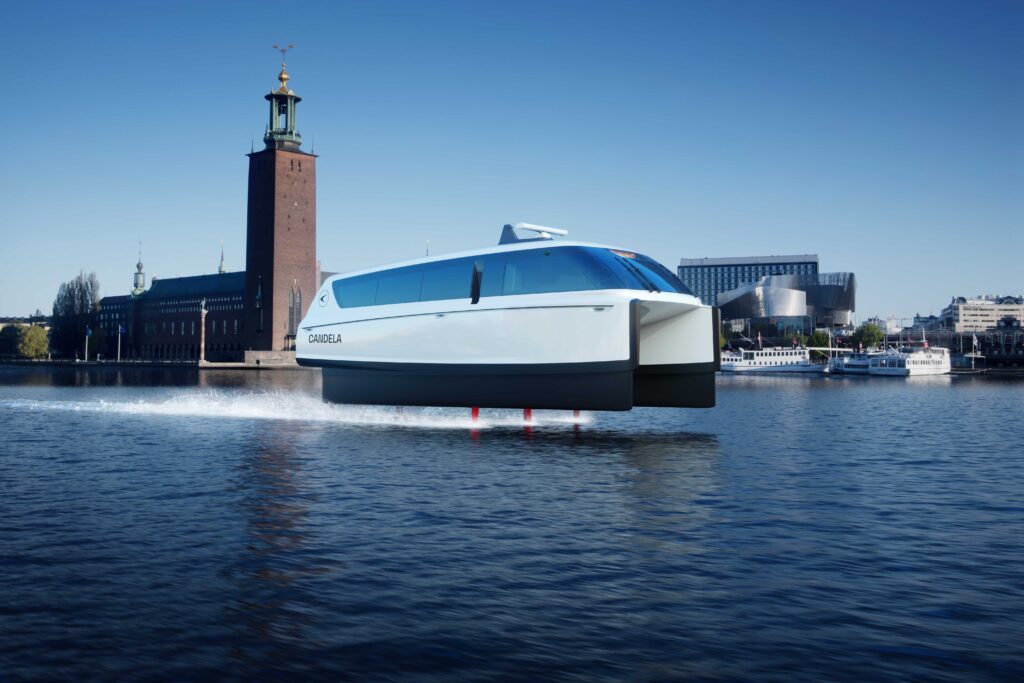
“There’s no other ship that has this kind of active electronic stabilisation,” says Erik Eklund, vice president for commercial vessels at Candela. “Flying aboard the P-12 Shuttle in rough seas will feel more like being on a modern express train than on a boat: it’s quiet, smooth and stable.”
The Region of Stockholm will operate the first P-12 Shuttle ship for a nine-month trial period in 2023. If it meets expectations, Candela hopes the city’s fleet of over 70 diesel vessels eventually will be replaced by P-12 Shuttles, as more transport shifts off congested highways and onto waterways.
“Maritime traffic is the region’s most popular public transport, and I want to expand it,” says Gustav Hemming, vice president of the Regional Executive Board in Stockholm. “But we need better technology to travel faster and reduce climate impact. Therefore, we are happy to try this new technology for waterborne traffic. This project can contribute to solutions that we can use in Stockholm, but also provides opportunities for both exports and jobs in the Stockholm region.”
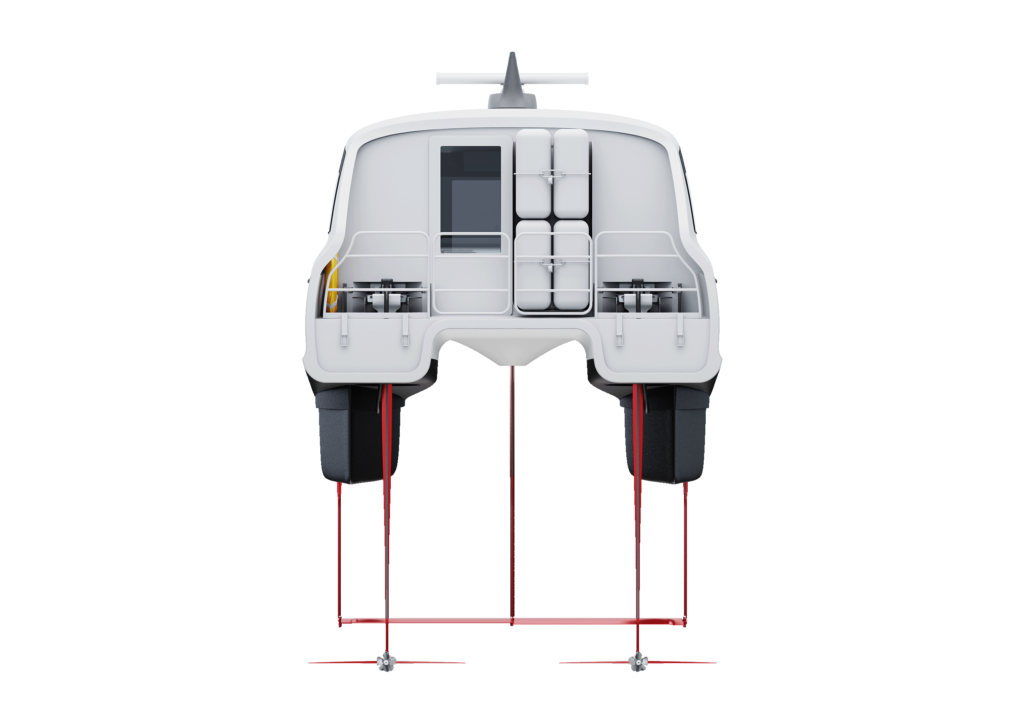
On the Stockholm-Ekerö route, Candela’s proposal is to replace the current pair of 200-person diesel vessels with at least five P-12 Shuttles, which would double passenger volume potential and lower operating cost.
Instead of two departures per day, there would be a P-12 Shuttle departing every 11 minutes. This allows commuters to ignore timetables and just go to the dock and wait for the next boat, says Eklund.
Candela will be laying the carbon fibre keel for the first Candela P-12 Shuttle at the company’s factory in Rotebro, outside Stockholm, towards the end of 2022.
In May, MIN reported that Candela had unveiled its new foiling Candela P-8 Voyager passenger boat, which has been developed to replace fleets of smaller and fast combustion engine passenger craft such as yacht tenders, taxis and rigid inflatable boats.


